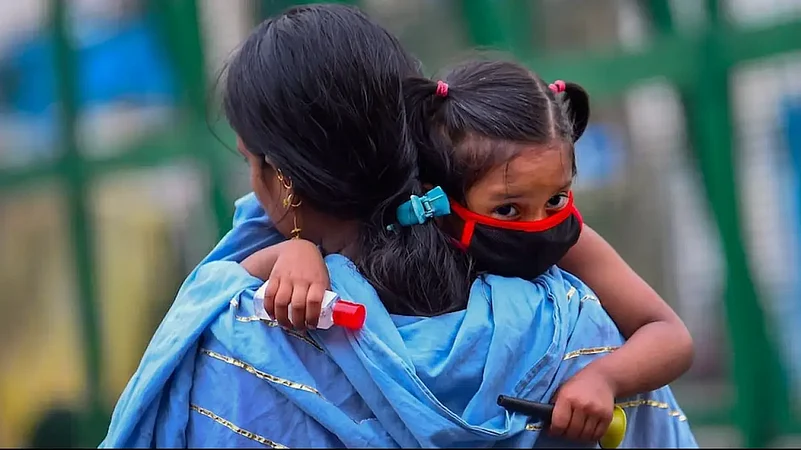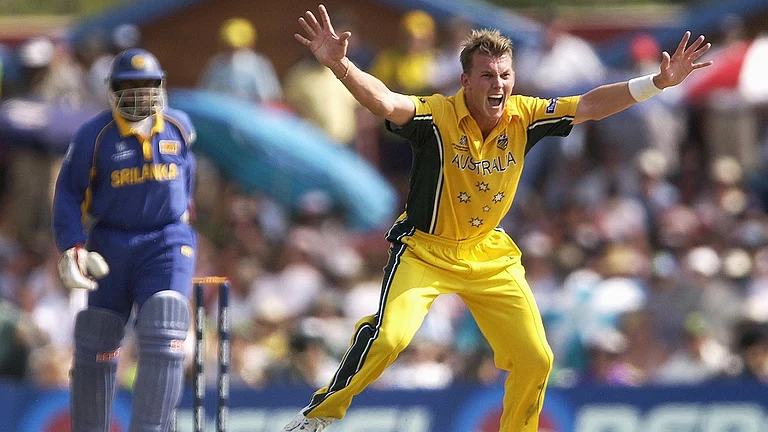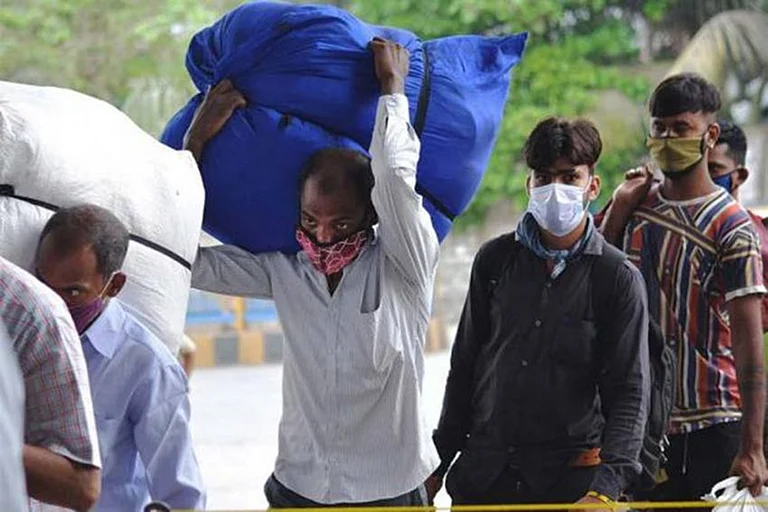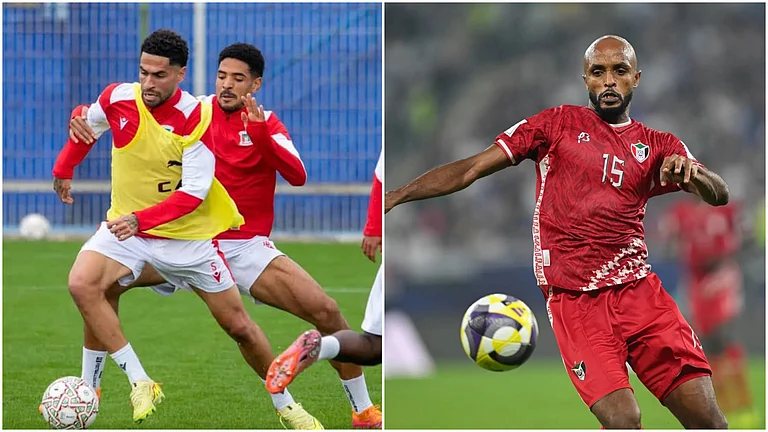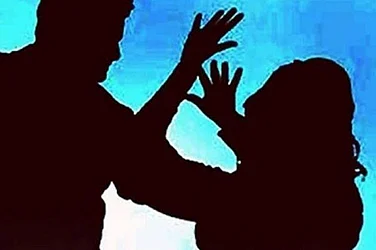An average of 2.3 billion children globally account for roughly one-third of mankind. The UN categorizes the rights of children as part and parcel of human rights. It is important to state that human rights are inalienable natural rights which cannot be given by any Government since they exist by virtue of an individual being a human being. Thus, the rights of children being of the aforementioned nature, require zealous protection in any modern legal system. The United Nations Convention on the Rights of the Child (UNCRC), 1989 is one of the world’s most ratified conventions. It incorporates the right to equality, education, a clean environment, freedom to express oneself, a safe place to live, and protection from all forms of violence. These rights are customised to address specialised needs and the vulnerability of children. A right without a remedy is no right at all and a remedy without it being effective is a mockery of the judicial process. It is in light of this that we argue the need for evolving a specialized mechanism for protecting children’s rights in India.
Children in Conflict with the Law
It is common knowledge that a child requires specialised care and assistance in the judicial system, especially a child who is the victim of a grievous crime. There is a necessity for an individual care plan for such children, including follow-up by a social worker to ensure that the kid is not subjected to any type of ill-treatment or psychological stress. To ensure the above, courts need to function in a system categorized by empathy and care. To do so, the court must act in an informal and paternalistic manner. Goa has set an example in this regard by creating the Goa Children’s Court under the Goa Children’s Act, 2003. The Act has specified the extent of crimes against children for the first time, including incest, rape, sexual assault, and grievous sexual assault, and their natural rights, this has also influenced the Protection of Children from Sexual Offences Act.
Additionally, the Act gives due consideration to the environment of a child, Article 27 of the Act mandates that the Children’s Court should not resemble a typical courtroom, instead, there are large areas of the ceiling and wall painted bright pink, giving the entire space a casual appearance. The judge, a public prosecutor, a stenographer, and the court’s police officer sitting at a short table in the front of the court. They aren’t wearing uniforms, and the attorneys in the courtroom aren’t dressed in black robes. When a little child is taken to court, the curtains are pulled to prevent the rest of the courtroom from seeing the proceedings. The creation of a special court to adjudicate crimes against children was one of the primary components of the Act. The goal is to insulate the kid from the adversarial process that courtrooms foster, where a judge sits on a dais and talks down to them as they give their testimony. Article 32 further enshrines the child-friendly procedures of the Court.
Children’s Courts; The Way Ahead
Despite being in operation for thirteen years, the concept of specialised courts for matters of crimes against children appears to be catching on just lately in states across the country. Similar courts are slated to open in Tamil Nadu and Karnataka this year, with plans to open in Madhya Pradesh, Uttar Pradesh, and Assam as well. Delhi established its first court, about four years ago, to deal with the deposition of witnesses such as children, and a special court was established in Telangana earlier this year in the same vein.
However, there is a need for a national strategy to adopt Children’s Courts, such as in Goa, in order to build a court that is child-focused and child-friendly. It aids in the protection of children’s psychological well-being, which may be accomplished with the supervision and assistance of the legal system and the community to children all across India. Furthermore, steps can be taken to provide facilities for vulnerable witnesses who are children, such as video conferencing, increased parental support and a room designed separately with toys having one-sided glass booths so the accused, as is their right, can see the proceedings, but the child is not required to see the accused.
(The article has been authored by Vijay Arora along with Aditya Manubarwala. While Vijay Arora is an advocate practising at Himachal Pradesh High Court, Aditya Manubarwala is an advocate practising at the Supreme Court of India in New Delhi.)






